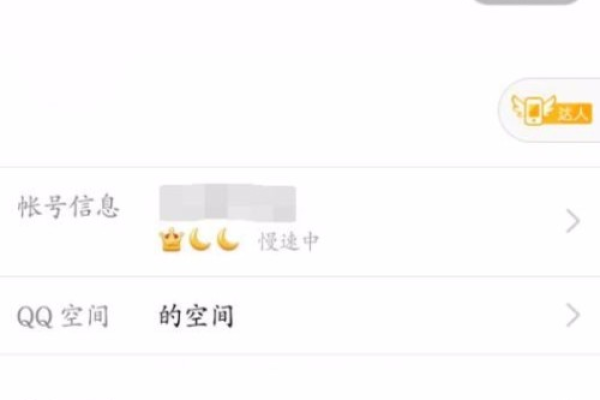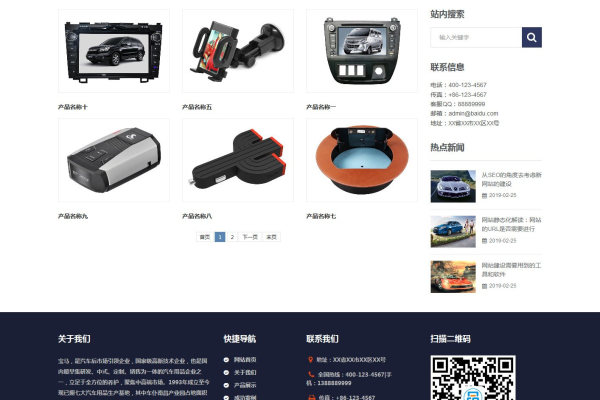Dojo Dijit CDN的使用和CDN资源如何优化?
- 行业动态
- 2025-03-07
- 13
Dojo Dijit是一个基于Dojo工具包的UI组件库,可通过CDN引入。`
,然后使用require([‘dijit/form/Button’], function(Button){ / 使用Button / });`来加载和使用Dijit组件。
Dojo Dijit CDN 使用指南
一、简介
Dijit 是 Dojo 工具包的富组件用户界面库,提供了一系列丰富的用户界面组件,如日历、调色板、对话框等,这些组件可以完全主题化,并可以通过 HTML 标签或 JavaScript 编程方式进行声明和使用。
二、引入 Dijit
要使用 Dijit,首先需要引入 Dojo 核心库和所需的主题样式表,以下是一个简单的示例:
<!DOCTYPE html>
<html lang="en">
<head>
<meta charset="UTF-8">
<title>Dijit 示例</title>
<!-引入 Dojo 核心库 -->
<script src="https://ajax.googleapis.com/ajax/libs/dojo/1.17.4/dojo/dojo.js" data-dojo-config="parseOnLoad: true"></script>
<!-引入Claro主题样式表 -->
<link rel="stylesheet" href="https://ajax.googleapis.com/ajax/libs/dojo/1.17.4/dijit/themes/claro/claro.css">
</head>
<body class="claro">
<!-页面内容 -->
</body>
</html>
三、使用 Dijit 组件
1. 声明式创建 Dijit 组件
通过在 HTML 标签中添加dojoType 属性来声明 Dijit 组件,创建一个按钮:

<button id="myButton" dojoType="dijit.form.Button" label="点击我"></button>
2. 编程式创建 Dijit 组件
通过 JavaScript 代码动态创建 Dijit 组件,创建一个下拉框:
require(["dijit/form/FilteringSelect", "dojo/domReady!"], function(FilteringSelect){
var select = new FilteringSelect({
name: "players",
options: [
{label: "Andrey Arshavin", value: "Arshavin"},
{label: "Thomas Vermaelen", value: "Vermaelen"}
]
}, "players");
select.startup();
});
四、Dijit 主题
Dijit 提供了多个内置主题,如 Claro、Tundra、Soria 和 Nihilo,可以通过在<body> 标签上设置相应的类名来应用主题,或者通过 CSS 导入相应的主题样式表。

五、常见问题与解答
Q1: 如何在网页中使用 Dijit 组件?
A1: 在网页中使用 Dijit 组件,首先需要引入 Dojo 核心库和所需的主题样式表,可以通过在 HTML 标签中添加dojoType 属性来声明式创建 Dijit 组件,或者通过 JavaScript 代码编程式创建 Dijit 组件。
Q2: Dijit 提供了哪些内置主题?如何应用这些主题?

A2: Dijit 提供了 Claro、Tundra、Soria 和 Nihilo 四个内置主题,可以通过在<body> 标签上设置相应的类名(如class="claro")来应用主题,或者通过 CSS 导入相应的主题样式表(如@import "https://ajax.googleapis.com/ajax/libs/dojo/1.17.4/dijit/themes/claro/claro.css";)来应用主题。
















